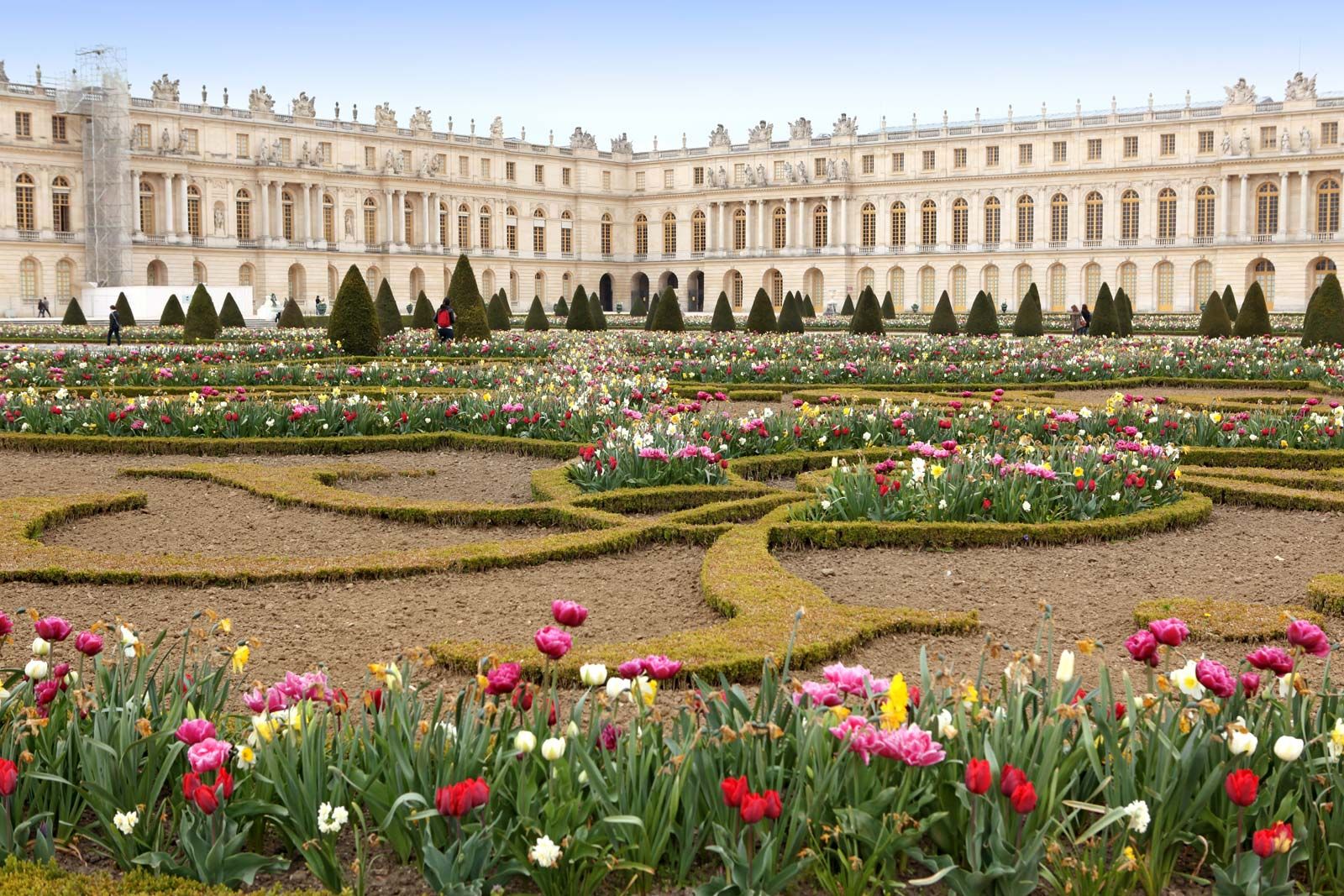
Garden and landscape design is uniquely concerned with direct relations among art, science, and nature. It operates exactly at the frontier between people and nature, developing transitional connecting zones between the outside limits of buildings and engineering structures and the natural forms and processes that surround them. This is true for large houses and gardens in the country, for regional parks at the edges of cities, for urban and suburban gardens, for urban plazas and roof decks; it is true wherever soil exists to be treated, wherever it may be brought in to fill containers, wherever open spaces are exposed to the weather.
If garden and landscape design is concerned with the relations between humankind and nature, it is largely determined by one or the other of the conflicting philosophies about how human beings do or should relate to nature. People know that they are biologically and physiologically the products of natural evolution, yet their great technological accomplishments lead them to feel that they are above, beyond, or outside nature, that they have conquered and dominated the wilderness and have it now within their power to remake the world. Every work of garden and landscape design reflects one or the other of these conflicting attitudes. The Japanese garden, for example, is inspired by the notion of humans as a part of nature, the Renaissance garden by the idea that humans are nature’s masters. Garden and landscape design thus reveals much about a culture and a period. One result of the impact of the environmental movement on design in the West in the late 20th century was the emergence of design values that sought the integration of the human and the natural rather than their separation.
Garden and landscape design is an art insofar as it creates for people experiences that uplift their spirits, expand their vision, and invigorate their lives. It is a science insofar as it develops precise knowledge of its processes and materials. And it is directly related to and expressive of nature insofar as it incorporates natural materials and scenes. When the preservation of natural landscape is primary, as in a regional park, art and science manifest themselves in the skill and sensitivity with which necessary facilities and changes are related to the natural landscape. At the other extreme, in an urban plaza, trees in boxes or openings in the paving may be the only natural elements; art and science then are manifested in the design and construction of the total plaza, including its display of trees as symbols of nature, as pleasing forms, and as sources of shade.
Art, science, and nature become most intimately interlocked in certain aspects of horticulture expressed in designed gardens and landscapes: in improved varieties of herbaceous and woody plants; in the cultural practices that stimulate their maximum contributions to the scene; and in the techniques and skills for directing and reshaping the forms of plants—in a range from trimmed hedges and topiary (careful sculptural cutting), through espaliered (trained to grow flat against a wall or trellis) and pollarded (cut back to the trunk to promote a dense head of foliage) trees, to ultimate refinements such as the Japanese practice of removing individual needles from pine trees.
No doubt much art recognizes, expresses, or symbolizes nature in some way. Only the arts of garden and landscape, however, produce works in which nature participates directly with more-processed forms and materials. As in most other arts, garden and landscape design must solve not only aesthetic but also technical and functional problems. Gardens are for horticulture as well as for viewing, parks are for active recreation as well as for passive relaxation. The surface of the earth must be covered to prevent erosion, dust in summer, and mud in winter. Water persists in running downhill, and even light garden structures must have adequate footings.
This does not mean, however, that there is an inherent or inevitable conflict between utility and beauty. Such conflicts usually develop either because the designer tries to carry out an aesthetic concept that ignores the technical and functional requirements of the problem or because the program is so demanding technically, functionally, or economically that it eliminates aesthetic considerations from the design process. In most garden and landscape design situations, it is necessary first to evaluate the technical conditions and functional demands and then to derive from them design concepts that resolve them.
